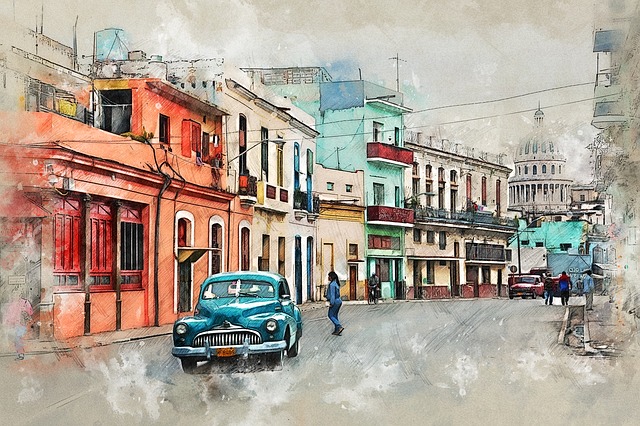
Every house sign holds more than just a name or number, it captures a glimpse of personality and style. From sleek metal plates to rustic wooden engravings, house signs have evolved into creative statements that reflect who lives behind the door. These personalized pieces transform ordinary entrances into welcoming expressions of taste, craftsmanship, and identity.
Typography, layout, and color are the key ingredients in creating a sign that feels alive. The same artistic principles that guide design studios also shape modern home signage. Platforms like AllesMakkelijk highlight how personalization can turn everyday objects into functional art. The Dutch-based online shop specializes in customized gifts and home items like cigarette holder with a name (sigarettenhouder met naam). This customization allows people to add their personal touch to practical things, turning simple objects into meaningful keepsakes.
The Power of Typography
Fonts speak louder than words when it comes to visual identity. A flowing script font brings a sense of elegance, while bold sans-serif lettering projects confidence and modernity. Designers carefully choose typefaces to match the homeowner’s personality. For example, a classic serif font might suit a vintage cottage, while minimalist typography fits a contemporary home. The choice of font style can instantly change the tone of a house sign, much like how a logo defines a brand.
Typography also affects readability and atmosphere. The size, spacing, and alignment of letters help strike a balance between design and function. A well-designed sign is not just beautiful, it is legible from a distance and remains durable under changing weather conditions. This harmony of beauty and practicality defines good design.
Balancing Layout and Space
Layout turns text and imagery into a story that fits within a small frame. Designers often start with sketches, experimenting with balance and proportion. Whether centered for symmetry or aligned to one side for modern flair, the layout determines how the sign feels at first glance. Some homeowners prefer adding icons or small illustrations, a tree, a house outline, or even a family pet silhouette, to give their sign a playful or warm character.
The layout must also guide the eye naturally. Overcrowded designs can make even the most artistic ideas look messy. Simplicity, when done with care, gives space for details to breathe. This philosophy of restraint mirrors how professional designers approach product labeling and branding, focusing on the essence, not the excess.
Color Choices That Speak Volumes
Colors evoke emotions, memories, and impressions long before the words are read. A bright white sign with black text feels timeless and clean, while muted earth tones bring warmth and calm. Some homeowners choose vibrant hues to stand out, especially in neighborhoods filled with neutral tones. Choosing the right color combination ensures visibility and harmony with the house’s architecture.
Weather resistance is another consideration. Durable paints and coatings protect the design, keeping colors vivid through sun, rain, and snow. High-quality materials elevate a house sign from mere decoration to a piece of lasting art that welcomes guests for years to come.
Personalization as Expression
Personalized design connects emotion with craftsmanship. The art of creating something unique, whether it’s a family name, a favorite quote, or even a simple house number brings joy and pride. Personalized signs make objects more meaningful. Each stroke and curve in the design reflects a story worth sharing.
Technology has also expanded the possibilities of personalization. Laser engraving, UV printing, and digital design software allow people to visualize their signs before they are made. These tools ensure accuracy and open creative freedom, turning small design choices into big artistic statements. For those who want to take presentation to the next level, guides like Package Your Artwork for a Professional Finish provide insights into how professional techniques can elevate the final product and make it truly stand out.
The Emotional Connection
Every personalized house sign tells a story of belonging and pride. It marks a space that feels truly one’s own. For many, it is the finishing touch after building or buying a home. For others, it is a thoughtful gift that celebrates milestones such as a wedding, new house, or anniversary. When guests approach a door, the sign becomes their first impression, a silent introduction that says, “This is who we are.”
Designing these signs is not just about decoration, but about storytelling. The process combines design thinking, emotional connection, and craftsmanship. It celebrates individuality in a world of mass production, reminding us that beauty can be found in even the smallest details.
Conclusion: Every Door as a Canvas
A house sign is more than a marker, it is a reflection of identity. Through thoughtful typography, layout, and color, everyday objects become artful expressions of home and heart. Personalized pieces show how design brings meaning to function. Every door tells a story, and behind each one lies a design that captures the essence of those who call it home.




